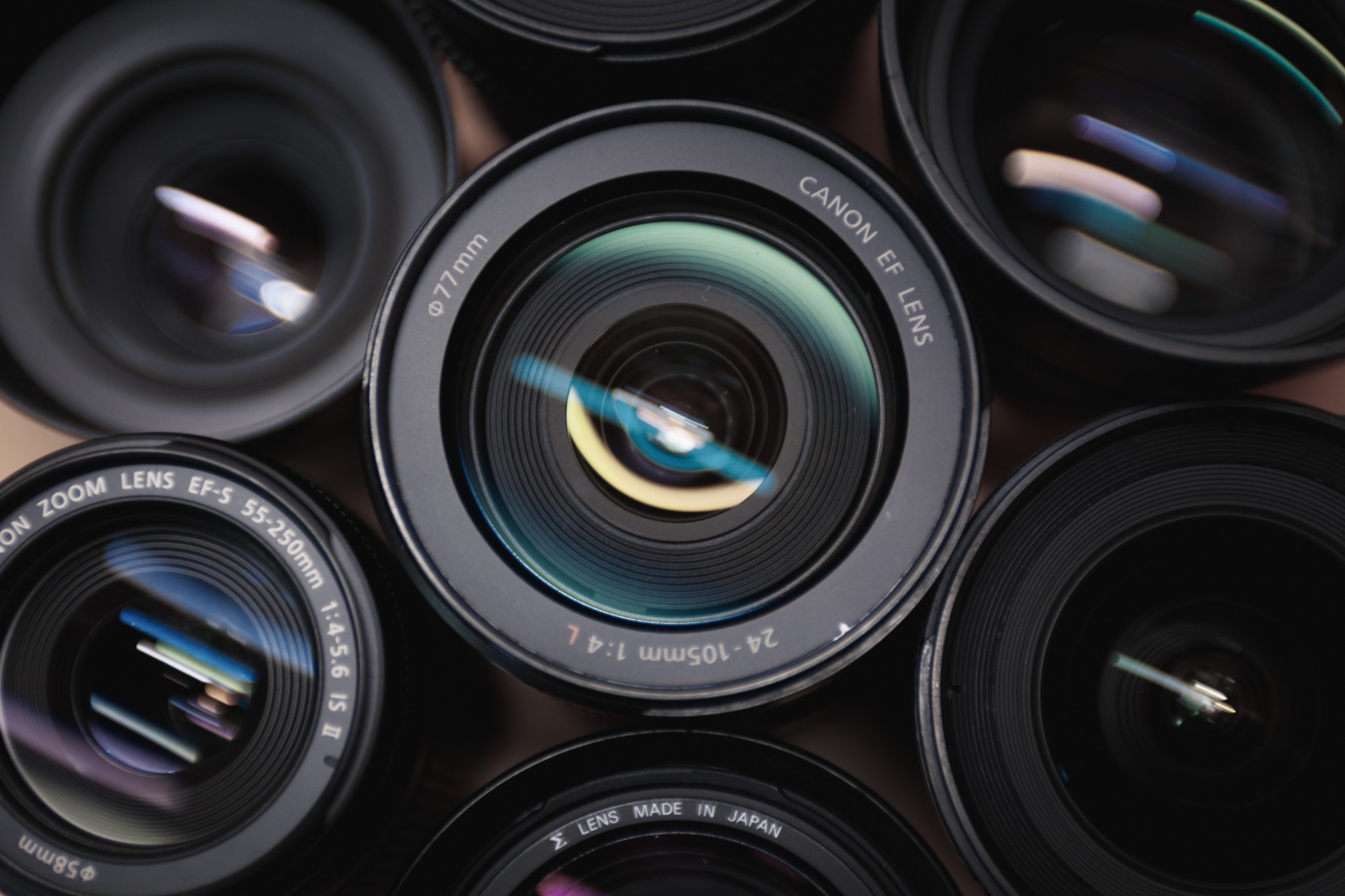What are the differences between Sigma, Canon, Leica, Zeiss and Nikon lenses
The good and bad, the pros and cons between Sigma, Canon, Leica, Zeiss and Nikon lenses
1. Sigma Lenses
Pros:
Affordability: Sigma lenses often provide a more budget-friendly alternative without compromising on quality.
Innovative Designs: Known for pushing the boundaries with unique lens designs and features.
Compatibility: Sigma lenses are available for various camera mounts, offering versatility.
Cons:
- Autofocus Consistency: Some users report occasional autofocus issues compared to other brands.
- Build Quality: While good, it may not match the robustness of certain high-end alternatives.
- Resale Value: Historically, Sigma lenses might have lower resale value compared to some competitors.
2. Canon Lenses
Pros:
Extensive Range: Canon boasts a comprehensive selection catering to diverse photography needs.
Autofocus Performance: Renowned for reliable and fast autofocus systems.
Innovation: Continual advancements in technology and optics.
Cons:
- Price: Canon lenses can be relatively expensive, especially for professional-grade models.
- Weight: Some Canon lenses can be bulky and heavy, impacting portability.
- Limited Third-Party Options: Compared to other brands, Canon has fewer third-party lens options.
3. Zeiss Lenses
Pros:
Optical Quality: Zeiss lenses are renowned for their exceptional optical performance.
Build Quality: Premium materials and construction contribute to the robustness of Zeiss lenses.
Manual Focus Experience: Zeiss offers some of the best manual focus lenses, appealing to certain photographers.
Cons:
Price: Zeiss lenses are often at a premium price point.
Autofocus Speed: Some Zeiss lenses may not match the autofocus speed of other brands.
Limited Autofocus Options: Zeiss has a more limited range of autofocus lenses compared to other manufacturers.
4. Leica Lenses
Pros:
Unmatched Build Quality: Known for precision engineering and durable build quality.
Optical Excellence: Leica lenses deliver outstanding optical performance and sharpness.
Compact Designs: Despite high performance, Leica lenses are often compact and lightweight.
Cons:
High Price Tag: Leica lenses are among the most expensive on the market.
Limited Autofocus: Some Leica lenses are manual focus only, which may not suit all photographers.
Niche Appeal: The unique characteristics of Leica lenses may not be universally appreciated or necessary for all users.
5. Nikon Lenses
Pros:
Optical Performance: Nikon lenses are well-regarded for their sharpness and color reproduction.
Wide Range: Nikon offers an extensive range of lenses suitable for various genres.
Weather Sealing: Many Nikon lenses come with weather-sealing, enhancing durability.
Cons:
Price: Similar to Canon, Nikon lenses can be relatively expensive.
Weight: Some professional-grade Nikon lenses can be heavy and bulky.
Limited Third-Party Options: Nikon has fewer third-party lens options compared to other camera systems.
